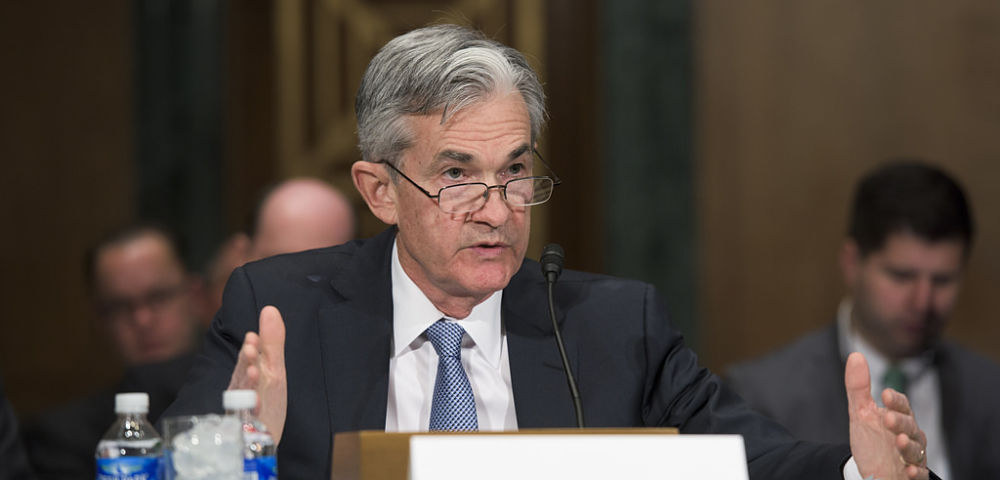As Sam Sees It: Should Investors Be Fearful of Higher Rates?
Each week, we tap the insight of Sam Stovall, Chief Investment Strategist, CFRA, for his perspective on the current market.
EQ: The S&P 500 is still trying to work its way back to its all-time high to complete the lingering correction and was able to shake off another round of trade tension news on Wednesday. What’s pushing (or pulling) stocks higher at this point?
Stovall: Well, I think just the fact that we are within one percentage point of the all-time high is helping investors’ enthusiasm, at least in the near term, to push share prices up toward that magic threshold. But add to it the hearsay that the NAFTA talks are going along quite well, and the potential of a renewed agreement, in the short term, is causing investors to feel that other conversations with Europe or with Asia could end up being resolved to our favor some time down the road as well.
Lastly, and probably most important, is how strong second quarter earnings have come in. Initial expectations were for a gain of about 19.5%. Now, we’re looking at earnings that are expected to be closer to 25%. So, just earnings continuing to outpace expectations and I think investors, as a result, are feeling very encouraged by that.
EQ: In this week’s Sector Watch report, you discussed the Fed’s rate-tightening strategy and noted that this current cycle is already much longer than the average duration of a normal cycle. Is this because the Fed is intentionally taking a slower-and-steadier approach, or are economic conditions dictating this pace?
Stovall: I think there are three reasons. One, we are in a very long economic expansion, so that has helped provide the solid economic underpinnings to allow the Fed to slowly and transparently raise rates without putting the brakes on this economic expansion.
Second, the Fed has been very verbal and transparent about its rate-tightening efforts, pretty much letting us know by how much and how frequently they plan on doing so.
Third, we started at the lowest point in history—or at least since World War II—where interest rates were essentially at 0%. The two other times in which we had starting interest rates close to this level were when they at 1% each. One was back in 2004, when Alan Greenspan was the Fed Chair, and another was back right after WWII, when the discount rate was at 1%.
So, with this time around being close to zero, we started at a much lower level and have taken our time, only going up by 25 basis points each time rather than a 50-basis point, 75-basis point or even a 1 full percentage point jump along the way.
EQ: You also noted that the market actually tends to rise during rate-tightening cycles, yet most investors fear them. Can you elaborate on this dynamic? Is this a fundamental misunderstanding or is something else in play?
Stovall: I think it has more to do with the mismatch of the durations of both bull markets and with rate tightening cycles. The average bull market lasts a little longer than 4.5 years, and usually ends up with corrections about once every one to two years. Yet, rate-tightening cycles could last for many years. So really, it’s sort of comparing apples to oranges, because we could end up having a correction within a rate-tightening cycle and still end up being higher for that full cycle because we were coming out of a decline when that cycle finally ended. I think it has more to do with the natural uptrend for the market, combined with a difference in average durations.
EQ: In terms of this current rate-tightening cycle, the Fed still has quite a way to go before they are able to “normalize” rates as measured in relation to core CPI. How much more would they have to raise interest rates by to achieve that goal?
Stovall: Well, the real question is, what do they mean by fully being neutral, or in other words, getting back to the old rate versus inflation relationship? Historically, Fed funds have been 1.3 percentage points above CPI. That would imply that Fed funds should be at 3.6% today, not at 1.88%. So, we would end up being close to that by the end of 2019 with Fed funds being in the low-3% level, but they would probably have to raise rates two more times in 2020 to finally get back to a more normal inflation/interest rates relationship.





